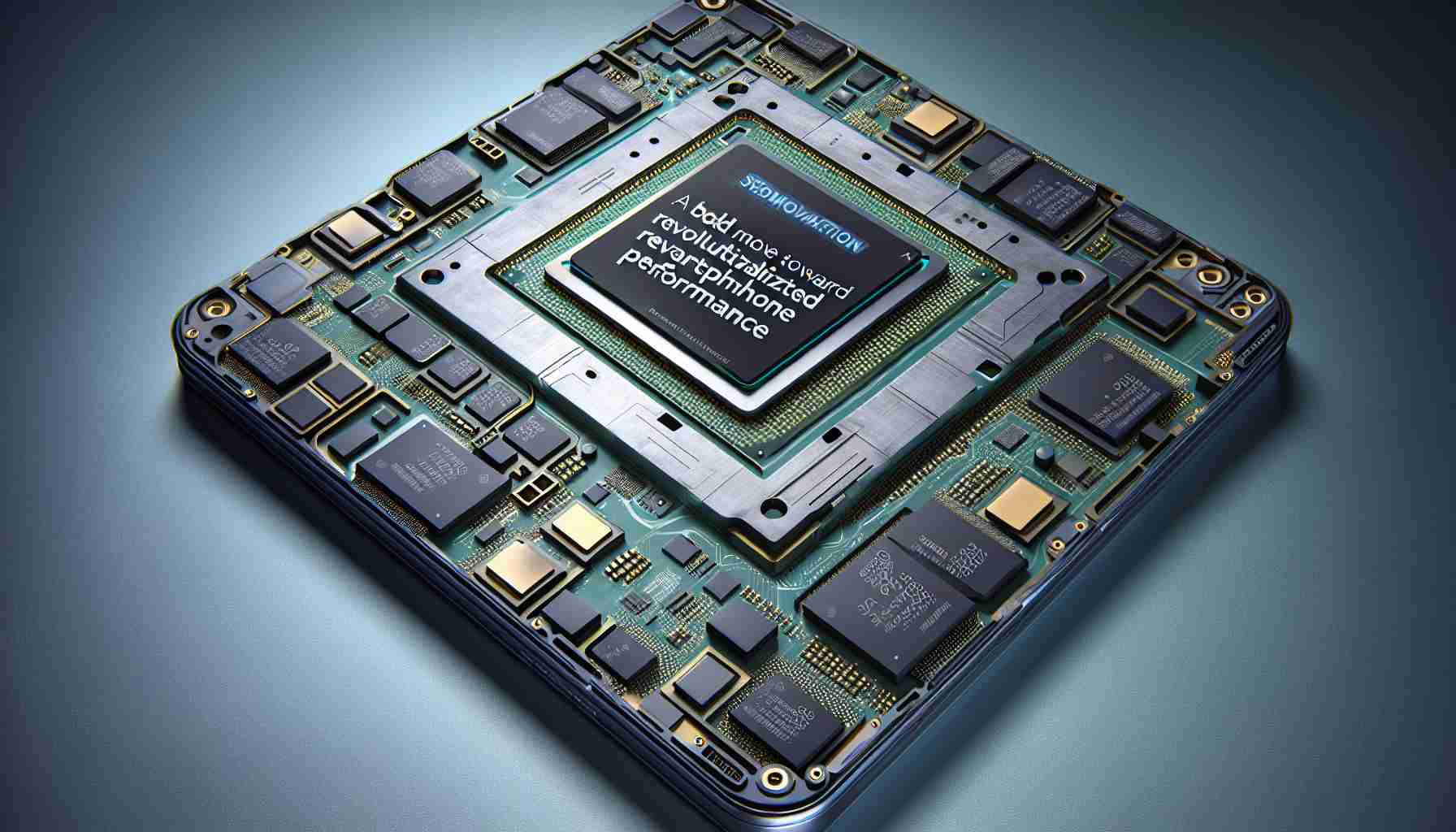No one likes to encounter a malfunctioning Citi Bike when approaching a docking station, but thanks to an innovative battery swapping system, riders can have confidence that these issues will be quickly and efficiently resolved.
Citi Bike, one of the world’s largest bike-share networks, operates with a fleet of over 40,000 bikes, including the popular silver e-bike known as Cosmo. With peak season underway, over 1,000 dedicated individuals work around the clock to ensure the smooth functioning of the bike-sharing system.
One of the challenges faced by Citi Bike is the need to recharge the batteries of the electric bikes. Surprisingly, the streetside docks themselves do not have this capability, with only two pilot sites recently introducing charging functionality. As a result, up to 5,000 depleted batteries each day need to be transported to a specially equipped warehouse in Long Island City for recharging.
To tackle this task efficiently, Citi Bike employs a crew of 170 people, operating in four shifts, and utilizing 67 cargo vans that are specially equipped to handle the batteries. These vans transport the depleted batteries from the docking stations to the warehouse, where they are carefully tested for damage. Only batteries that are still functional are placed in the charging cabinets, which resemble something out of a science fiction film. These cabinets have the capacity to charge up to 30 batteries simultaneously and take approximately six hours to fully recharge a depleted battery.
However, it is worth mentioning that the first-generation e-bike batteries are not compatible with these cabinets. These batteries are handled separately and do not undergo the battery swapping process.
Citi Bike’s commitment to maintaining the integrity of its bike-sharing network is evident in its attention to detail and the scale of its operations. With the growing popularity of electric bikes, Citi Bike’s battery swapping system plays a crucial role in ensuring that riders are provided with a reliable and seamless experience throughout their journey.
By streamlining the charging and maintenance processes, Citi Bike can continue to meet the ever-increasing demand for its services, keeping riders on the move and reducing the environmental impact of transportation in urban areas.
The bike-sharing industry has experienced significant growth in recent years, with Citi Bike emerging as one of the world’s largest bike-share networks. As of now, Citi Bike operates a fleet of over 40,000 bikes, including the popular silver e-bike known as Cosmo. As urban areas become more congested and people seek alternative modes of transportation, bike-sharing programs like Citi Bike have become increasingly popular.
The market forecast for the bike-sharing industry is promising, with continued growth expected in the coming years. In fact, according to a report by Market Research Future, the global bike-sharing market is projected to reach a value of USD 9.4 billion by 2023, growing at a compound annual growth rate of 11.02% during the forecast period.
However, with this growth comes challenges, such as the need to recharge the batteries of electric bikes. While Citi Bike has introduced charging functionality at two pilot sites, the majority of docking stations do not have this capability. This means that thousands of depleted batteries need to be transported to a specially equipped warehouse for recharging. This logistical challenge requires a dedicated workforce and a fleet of cargo vans to ensure the efficient transportation of batteries.
The battery swapping system employed by Citi Bike is crucial in overcoming this challenge. A crew of 170 people, operating in four shifts, is responsible for collecting depleted batteries from docking stations and transporting them to the warehouse. These batteries are then carefully tested for damage before being placed in charging cabinets, which have the capacity to charge up to 30 batteries simultaneously. Currently, it takes approximately six hours to fully recharge a depleted battery using these cabinets.
It is important to note that the first-generation e-bike batteries used by Citi Bike are not compatible with the charging cabinets. These batteries are handled separately and do not undergo the battery swapping process.
Despite the challenges, Citi Bike’s commitment to maintaining the integrity of its bike-sharing network is evident. By streamlining the charging and maintenance processes, Citi Bike can continue to meet the increasing demand for its services, providing riders with a reliable and seamless experience throughout their journey.
For more information on the bike-sharing industry and related topics, you can visit the following links:
– Bike Networks: This website provides insights and resources on the bike-sharing industry, including market trends, technology advancements, and best practices.
– Bike Magazine: Bike Magazine offers news, reviews, and in-depth features on all things related to bikes, including bike-sharing programs and the latest advancements in electric bikes.
– Bike EU: Bike EU is a comprehensive source of news and information on the European bicycle market, including updates on bike-sharing programs and industry developments.
These resources will provide a deeper understanding of the industry, market forecasts, and the various issues related to bike-sharing and electric bikes.






















